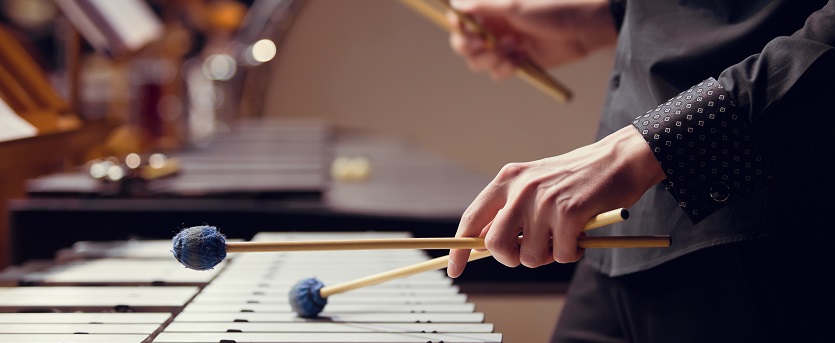His technique, my money

“English by the method of Petrov” - many people can boast with such enticing advertising.
After all, then the quality of services in the eyes of consumers increases significantly. The service acquires uniqueness, elaboration, as it was thought out by a recognized expert in this field. Few people think that the author of the method may be against the use of the method and making money on his behalf.
')
Is it possible for the author to protect the method or demand remuneration for using the method?
Unfortunately, the methodology itself is not protected by copyright. That is, the method itself, the principle, the idea cannot be defended.
But the author has a way out of this situation - to create another protected result of intellectual activity.
The author of the technique can choose the following paths:
1. Register the name of the methodology as a trademark.
The following trademarks can be cited as examples of the names of the methods that are registered as trademarks:
- "The method of losing weight nutritionist Marianna Trifonova" ( certificate number 476019 );
- The method of teaching languages "Method Berlitz" ( certificate number 350692 );
- Methods of teaching martial arts "Method of Tadeush Kasyanov" ( certificate number 542719 ).
Among the registered trademarks met the trademark "Methods of Business Youth" ( certificate number 525320 ).
2. To patent the invention in the form of a method.
At one time, patents were obtained for a method of teaching English grammar ( patent No. 2469412 ) and a method of teaching pilots ( patent No. 2484534 ). This is just a small part of examples of patents on ways of learning. You can try to patent your way of learning as an invention.
3. To patent an industrial design.
This method is suitable if in the methodology, for example, for exercise, any original simulator or improvements for it are used. Not superfluous for authors of the methodology will be patenting as industrial designs of various kinds of assistive devices: educational toys, demo cards, educational kits.
4. To design a technique in the form of a work: a book, brochure, booklet, collection, drawings, etc.
In this case, the copyright you have created for your work arises, which you can then use in court.
If the author for some reason does not want to, say, patent the method, there is another opportunity to protect his rights. As a rule, in such announcements there is a direct link to the author - to his last name, or to the last name with a full name or initials. That is, the name of the citizen is used, and it is protected by law.
However, compensation for the use of the name may not always be collected, but only in cases when business reputation is impaired (for example, the exercise method is distorted or a completely different set of exercises is provided). In this case, the author will need to convincingly substantiate the amount of compensation.
Or you can use the principles of advertising. The legislation establishes that advertising should not mislead consumers. For this reason, you can file a complaint, since the consumer associates the proposed service or product with a specific person.
Only the author of the method makes this service unique, only his own presentation of the method is needed by the consumer. However, the author is not involved in the provision of services. Such cases are not uncommon.
According to unverified data, Polina Gagarina repeatedly complained about the use of her name in advertising various methods of losing weight, although in fact she did not come up with any method and did not know about the sales of goods. Meanwhile, many people buy slimming products because of "her method." What is this, if not misleading?
______
The recommendation to the authors of various techniques is to try to protect their developments in accessible ways.
I recommend that companies that want to use someone else’s method and the name of the author of the method take into account the risk that the name of the method can be registered as a trademark, the method can be patented, and the author can make claims about using his name without permission.
Source: https://habr.com/ru/post/300052/
All Articles